Hoop Houses
OkiePokie
12 years ago
Related Stories
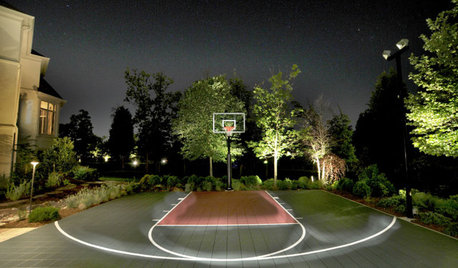
GARDENING AND LANDSCAPINGBe a Good Sport: Build a Backyard Basketball Court
With March Madness in the air, be the coolest parent ever or live out your own hoop dreams with a slammin' basketball court
Full Story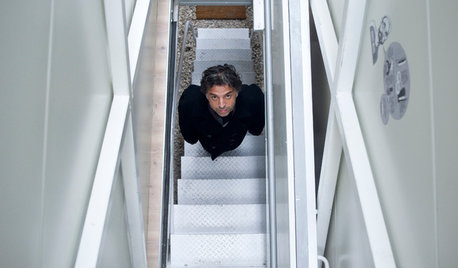
FUN HOUZZThe Narrowest House in the World?
This 4-foot-wide workshop has eating, sleeping and working spaces in its 150 square feet. Chime in on how livable you find it
Full Story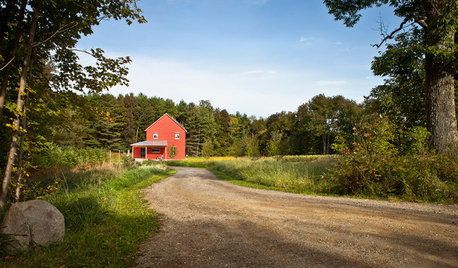
THE ART OF ARCHITECTUREFinding the Perfect Home for a New House
Sun, soil, water, topography and more offer important cues to siting your house on the land
Full Story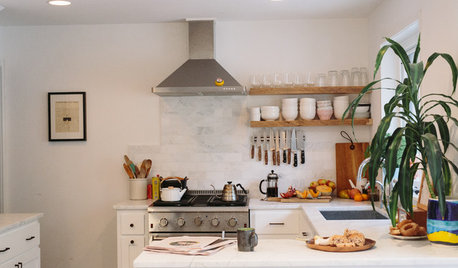
HOUZZ TOURSHouzz Tour: New Love and a Fresh Start in a Midcentury Ranch House
A Nashville couple, both interior designers, fall for a neglected 1960 home. Their renovation story has a happy ending
Full Story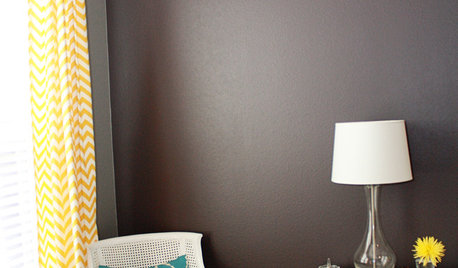
DIY PROJECTSSpruce Up the House With 50 Clever DIY Ideas
How to make a modern chandelier, glam dresser, chalkboard table and more
Full Story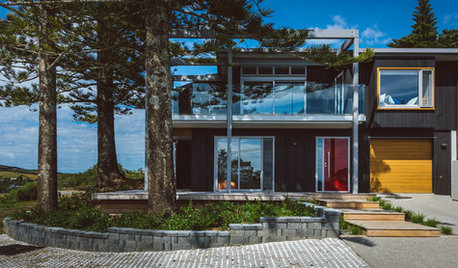
HOMES AROUND THE WORLDHouzz Tour: An Island Vacation House in New Zealand
The dreams of a courageous couple become reality in a home where family and friends come together
Full Story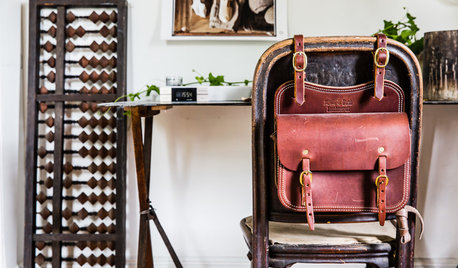
HOUZZ TOURSMy Houzz: Curiosities Tell a Story
An interiors stylist uses her house as a 3D timeline of her tales and travels
Full Story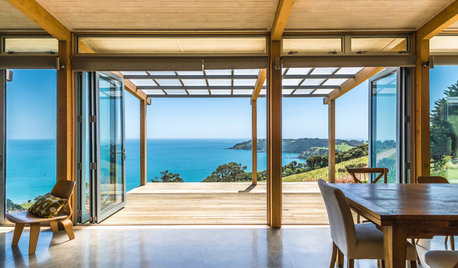
VACATION HOMESWe Can Dream: Maori-Inspired Island Home With Views of Land and Sea
This family vacation house near Auckland, New Zealand, is designed to blend in with its surroundings
Full Story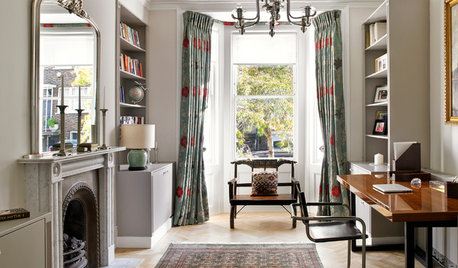
TRADITIONAL HOMESHouzz Tour: Basement Now a Light-Filled Family Living Space
Merging a house and a basement flat into one townhouse creates a spacious family home in London
Full Story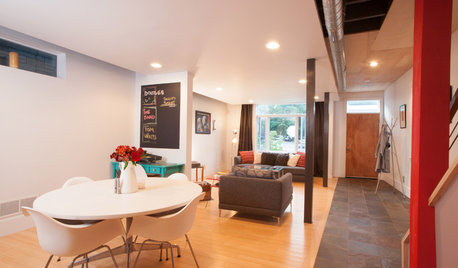
HOUZZ TOURSMy Houzz: Major DIY Love Transforms a Neglected Pittsburgh Home
Labor-intensive handiwork by a devoted couple takes a 3-story house from water damaged to wonderful
Full StorySponsored
Franklin County's Preferred Architectural Firm | Best of Houzz Winner
More Discussions







oklavenderlady
OkiePokieOriginal Author
Related Professionals
Ashburn Landscape Architects & Landscape Designers · Ballenger Creek Landscape Architects & Landscape Designers · Biloxi Landscape Contractors · El Reno Landscape Contractors · Forest Hills Landscape Contractors · La Verne Landscape Contractors · Plymouth Landscape Contractors · Pueblo West Landscape Contractors · Brooklyn Park Decks, Patios & Outdoor Enclosures · Cincinnati Decks, Patios & Outdoor Enclosures · Clemmons Decks, Patios & Outdoor Enclosures · Dayton Decks, Patios & Outdoor Enclosures · Liberty Decks, Patios & Outdoor Enclosures · Mebane Decks, Patios & Outdoor Enclosures · New Albany Decks, Patios & Outdoor Enclosuresoklavenderlady
Okiedawn OK Zone 7
OkiePokieOriginal Author
soonergrandmom
Okiedawn OK Zone 7
mksmth zone 7a Tulsa Oklahoma
Okiedawn OK Zone 7